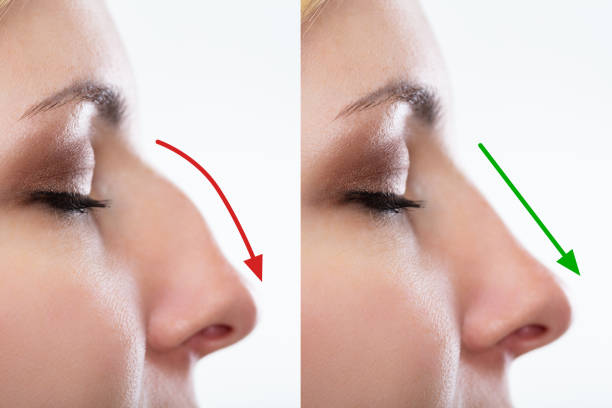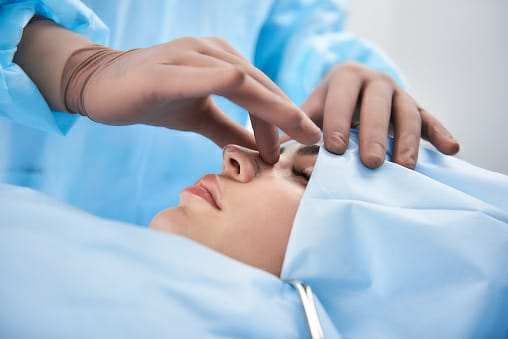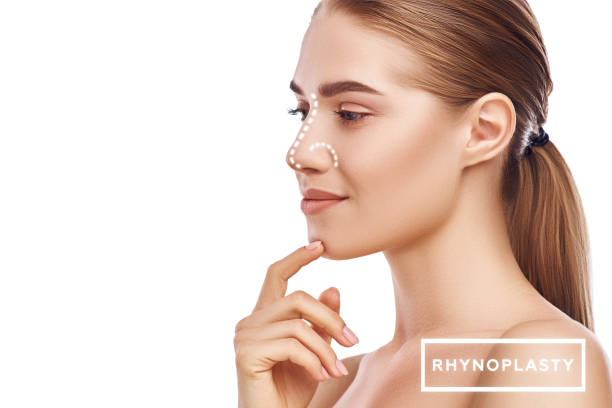Rhinoplasty
Rhinoplasty is surgery that changes the shape of the nose. The motivation for rhinoplasty may be to change the appearance of the nose, improve breathing or both. The upper portion of the structure of the nose is bone, and the lower portion is cartilage. Rhinoplasty can change bone, cartilage, skin or all three. Talk with Dr Tarun Sharma about whether rhinoplasty is appropriate for you and what it can achieve.
Dr Tarun Sharma is a Craniofacial Surgeon and has dealt with severe Nasal deformities, Cosmetic Corrections, Missing Nose syndromes, Nasal Reconstructions & Prosthetics in his career. According to Dr Tarun, Cosmetic Nose Surgery is something that requires meticulous planning and execution along with realistic approach and expectations of the patient. He believes in making differences in the nose using subtle changes to make it look more natural.
Types of rhinoplasty include:
• Removing a hump on the nose
• Straightening the bridge
• Reshaping the nose’s tip
• Increasing or decreasing the size of the nostrils
• Correcting the nose after an injury
• Opening breathing passages
• Making the nose bigger or smaller
What to expect?
Rhinoplasty may be done inside your nose or through a small external cut (incision) at the base of your nose, between your nostrils. The procedure can be performed under Local anaesthesia or General Anaesthesia depending upon the severity and approach. Your surgeon will likely readjust the bone and cartilage underneath your skin.
Your surgeon can change the shape of your nasal bones or cartilage in several ways, depending on how much needs to be removed or added, your nose’s structure, and available materials. For small changes, the surgeon may use cartilage taken from deeper inside your nose or from your ear. For larger changes, the surgeon can use cartilage from your rib, implants or bone from other parts of your body. After these changes are made, the surgeon places the nose’s skin and tissue back and stitches the incisions in your nose.
If the wall between the two sides of the nose (septum) is bent or crooked (deviated), the surgeon can also correct it to improve breathing.




